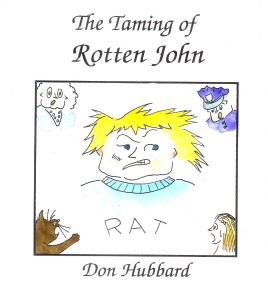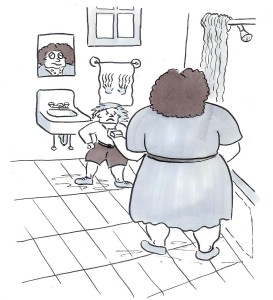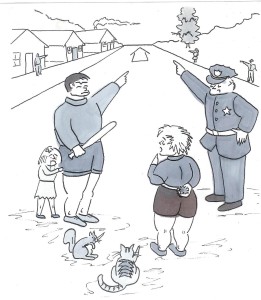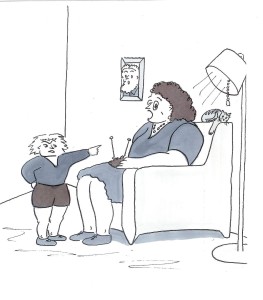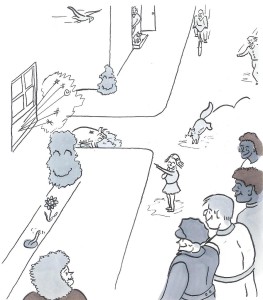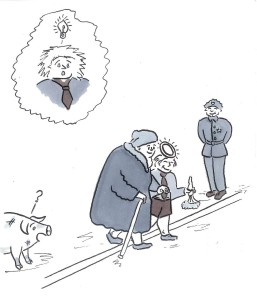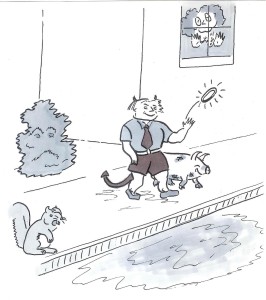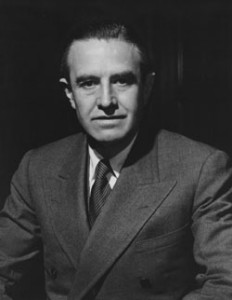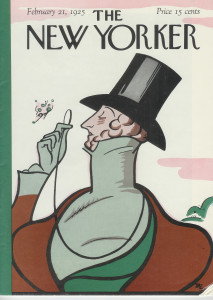I keep a bottle of cognac in my house all the time. No, I don’t keep it to get high, I keep it to return to my youth. Let me explain.
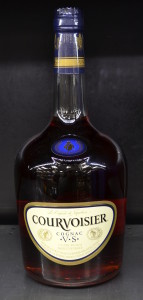 In 1947 I was newly minted naval aviator. I was 21 and had just been attached to a stateside multi-engine bomber squadron. World War II had ended two years earlier and cuts in defense spending had reduced the money available for fuel, so training flights were limited. It looked like it might be a boring tour of duty. But this squadron had one blessing. They had a three plane detachment in what was then French Morocco, and that was my opportunity. I volunteered to go on deployment to this exotic location.
In 1947 I was newly minted naval aviator. I was 21 and had just been attached to a stateside multi-engine bomber squadron. World War II had ended two years earlier and cuts in defense spending had reduced the money available for fuel, so training flights were limited. It looked like it might be a boring tour of duty. But this squadron had one blessing. They had a three plane detachment in what was then French Morocco, and that was my opportunity. I volunteered to go on deployment to this exotic location.
I arrived at the North African base in November, 1947, and was immediately taken with the strangeness of the place. I had never been outside the United States, and now here I was, in a land where the natives dressed in peculiar and strange clothing, where French and Arabic were spoken and where even the climate and vegetation was different. I was in awe.
It was not long after my arrival that one of the other officers, who had been at the detachment for nearly six months, invited me on a short tour of exploration to see the local sights off base. We checked out a Jeep from the Motor Pool, left the base and headed into the nearby town. We drove past burned out WWII tanks on the ridges, three bombed and sunken ships in the winding Sebou River, natives winnowing wheat piled in big circles by prodding tethered mules over it, large black and white storks nesting on chimneys and Arab mothers, some with tattooed faces, with babies on their backs, heads dangling over the side. Wood smoke from cooking fires permeated the air and food smells that I had never smelled wafted past. Wow!
Once in town my guide parked the jeep and walked me through the native market where there were open drainage ditches and baskets of local vegetables and raw meat (covered with flies) hanging in the food stands. Dark-skinned natives in hooded jlaiyyah, some with sheathed daggers hanging from their belts, haggled over prices. This was NOT the Bronx!.
We used up a couple of hours exploring this way when my guide asked me if I was hungry. Nodding in the ascent he walked me into a nearby ancient French bar, and after settling down barside he motioned to the bartender who came over to take our order.
I had no idea what to order or what was available, but my guide went right to it. “Un poulet et un cognac, se il vous plaît ”
“What’s that?” I queried.”
“Oh, I just ordered a cold cooked chicken – they’re small here – and a shot of cognac.”
I thought, “What the hell is cognac?” But I nodded, and not wishing to seem dumb or timid, I said, “I’ll have the same.” And so, my introduction to cognac!
Now, if you are not familiar with cognac , it has a very distinctive flavor, and it’s a hard liquor, similar in alcoholic content to whiskey, rum, and the rest, and that flavor implanted itself in my brain in a way that I did not then understand. In fact, that implant was not only a flavor, but a sensory memory that recorded not just the taste of cognac, but all of the memories of that exotic day. Burned out tanks, sunken ships, youthful excitement – all the memories.
Strangely, I did not realize the strong connection until perhaps forty years later when I casually bought a bottle of Courvoisier Cognac just to sample the beverage again. Wham! I was 21 again, new gold navy wings on my chest and transported back to 1947 Morocco. This French booze was the elixir of youth. I had found what Ponce de Leon spent his life looking for! One sip from the bottle – even a good sniff – and I am no longer an old guy living in Coronado, but a young naval aviator back in an old French bar, in a primitive war-torn Arabic town in North Africa, ripping a small cold chicken apart for lunch.
That, then, is the explanation, and so: “Un poulet et un cognac, se il vous plaît “
